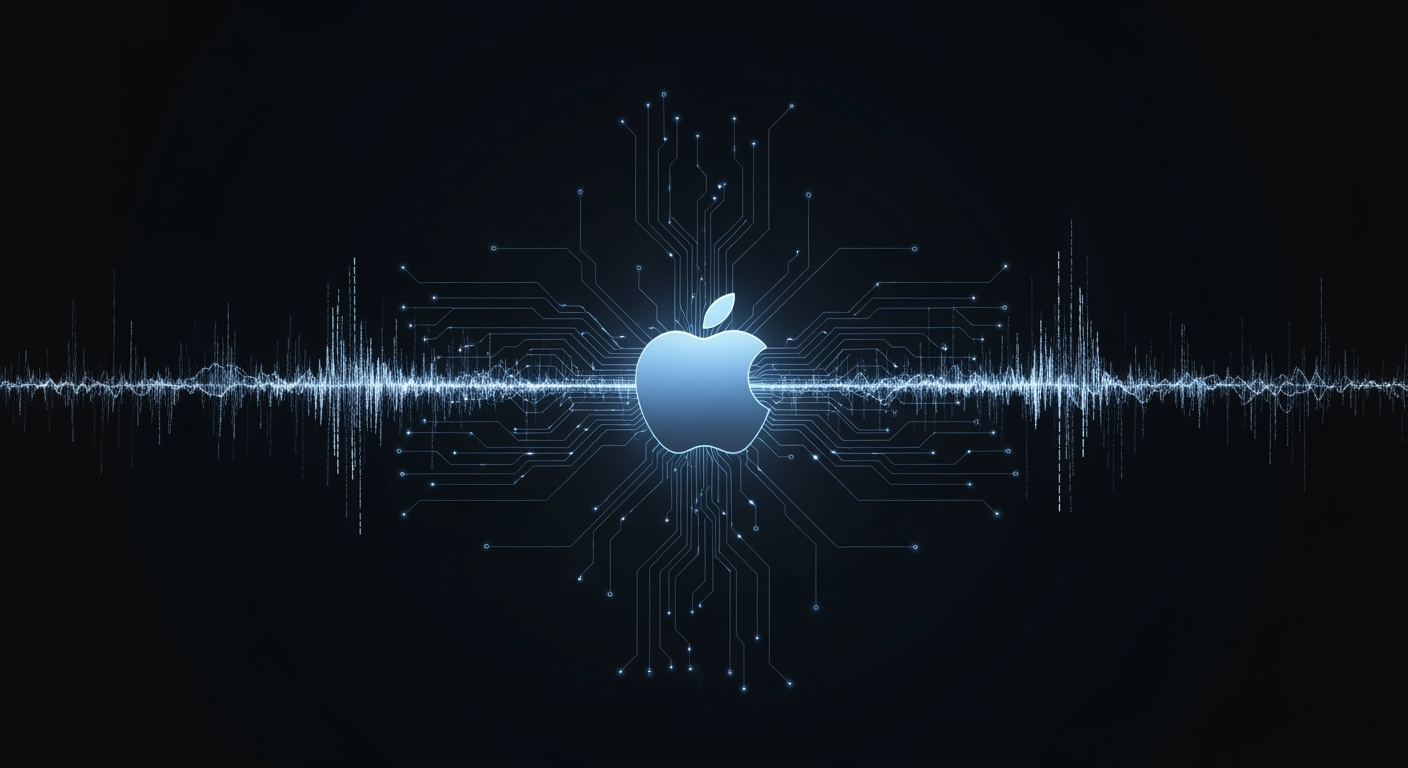Apple Intelligence: How Apple's AI Is Transforming the User Experience

Apple Intelligence: A New Era for AI on Your Devices
Apple Intelligence, the company’s ambitious generative AI initiative, is reshaping the way users interact with iPhones, iPads, and Macs. Introduced in late 2024, Apple Intelligence is now woven into core apps like Messages, Mail, and Notes—bringing advanced writing, image, and assistant features directly to millions of devices.
What Is Apple Intelligence?
Apple Intelligence—aptly abbreviated as AI—has been described by Apple as “AI for the rest of us.” Rather than launching separate AI apps, Apple has embedded these capabilities throughout its ecosystem. The platform leverages large language models (LLMs) for writing, and generative models for image creation, similar to ChatGPT and Google Gemini but with a unique Apple twist.

Key features include:
- Writing Tools: Summarize, proofread, and auto-compose emails, messages, and documents with context-aware suggestions across Apple apps.
- Image Generation: Create personalized emojis (“Genmojis”) and use the new Image Playground app to generate visuals for Messages and presentations.
- Siri 2.0: Deeper integration lets Siri work across apps and use on-screen context—like editing a photo and sharing it in a message seamlessly.
Latest Features: Visual Intelligence and Live Translation
At WWDC 2025, Apple unveiled two major AI-powered features coming soon:
- Visual Intelligence: Instantly search for objects or information based on what’s on your screen.
- Live Translation: Translate conversations in real time within Messages, FaceTime, and Phone apps.
Both features are expected with the iOS 26 update in late 2025.
How Apple Intelligence Works: Privacy by Design

Unlike many cloud-based AI services, Apple Intelligence uses a “small model” approach. Many tasks—like composing an email or summarizing text—are handled on-device, taking advantage of the latest Apple Silicon chips. This means:
- Faster responses and less reliance on internet connections
- Enhanced user privacy, as data often never leaves the device
For more complex AI tasks, Apple uses Private Cloud Compute: remote servers running Apple Silicon that maintain Apple’s strict privacy standards. Users won’t notice the handoff—unless offline, when cloud-based requests won’t complete.
Which Devices Support Apple Intelligence?

These features require the latest hardware. Supported devices include:
- All iPhone 16 models
- iPhone 15 Pro and Pro Max (A17 Pro chip)
- iPad Pro and iPad Air (M1 and later), iPad mini (A17 or later)
- MacBook Air, MacBook Pro, iMac, Mac mini, Mac Studio (M1 and later), Mac Pro (M2 Ultra)
Earlier devices do not support Apple Intelligence due to hardware requirements, particularly the need for advanced on-device AI processing.
Integration With Third-Party AI: ChatGPT and More

Apple Intelligence isn’t limited to Apple’s own models. Users can enable ChatGPT integration within Siri and Writing Tools. For certain queries—like recipe suggestions or travel planning—Siri may ask permission to consult ChatGPT directly. Those with ChatGPT Pro accounts get access to advanced features, too.
Apple has also signaled future partnerships, with Google Gemini likely next in line for integration, further broadening the AI ecosystem available to Apple users.
Opportunities for Developers
With the new Foundation Models framework, developers can now build AI-powered features into their own apps using Apple’s on-device models—without incurring cloud API costs and while protecting user privacy. This opens doors to custom AI tools in everything from education to productivity apps.
What’s Next for Siri?
Despite improvements, Apple’s next major Siri overhaul is expected in 2026. According to reports, Apple may partner with outside AI providers—potentially Google—to accelerate development and catch up with rivals.
Conclusion
Apple Intelligence marks a strategic shift, embedding advanced AI into the everyday experience of Apple users. With a strong focus on privacy, seamless integration, and new opportunities for developers, Apple is ensuring its AI tools are both powerful and accessible—while maintaining the company’s core values.





